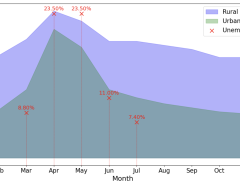Authors: Sifat Muhammad Abdullah, Aravind Cheruvu, Shravya Kanchi, Taejoong Chung, Peng Gao, Murtuza Jadliwala, Bimal Viswanath
Published on: April 24, 2024
Impact Score: 7.6
Arxiv code: Arxiv:2404.16212
Summary
- What is new: This research introduces a novel defense mechanism against deepfakes by leveraging content-agnostic features and ensemble modeling to tackle user-customized generative models, and proposes a method to counter adversarial attacks from vision foundation models without adding adversarial noise.
- Why this is important: Deepfake detection models struggle with the emergence of lightweight, user-customizable generative models and the misuse of vision foundation models by attackers.
- What the research proposes: The study proposes the use of content-agnostic features and ensemble modeling for improved detection of user-customized deepfakes and a novel approach to defend against adversarial attacks leveraging vision foundation models.
- Results: The proposed methods demonstrated improved generalization in detecting user-customized deepfakes and effectiveness in defending against sophisticated adversarial attacks.
Technical Details
Technological frameworks used: Machine learning, adversarial training
Models used: State-of-the-art deepfake detectors, vision foundation models
Data used: nan
Potential Impact
Online platforms, social media, security firms, and content creators could benefit from the insights in this paper by enhancing their ability to detect and mitigate the impact of deepfakes.
Want to implement this idea in a business?
We have generated a startup concept here: GuardianAI.




Leave a Reply